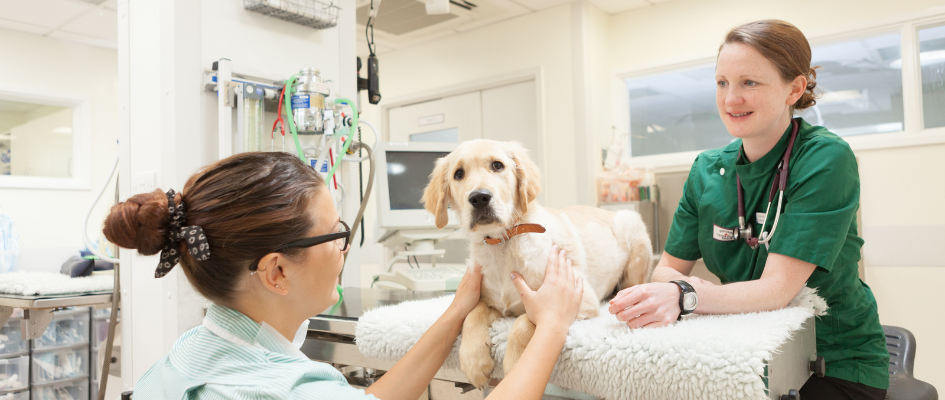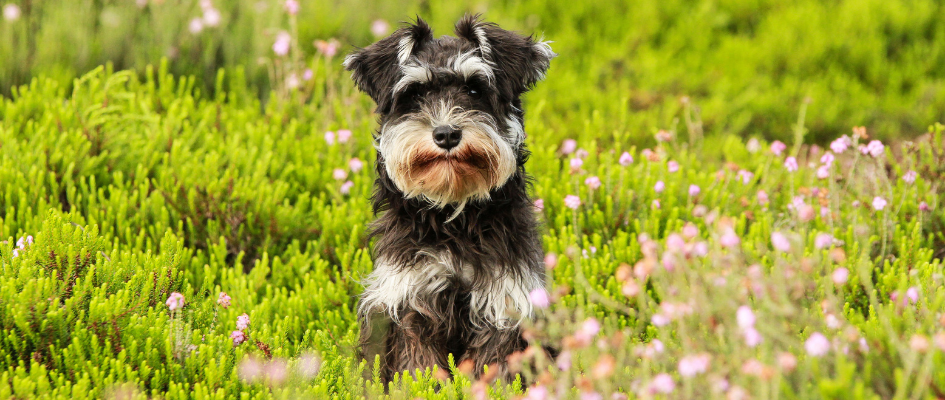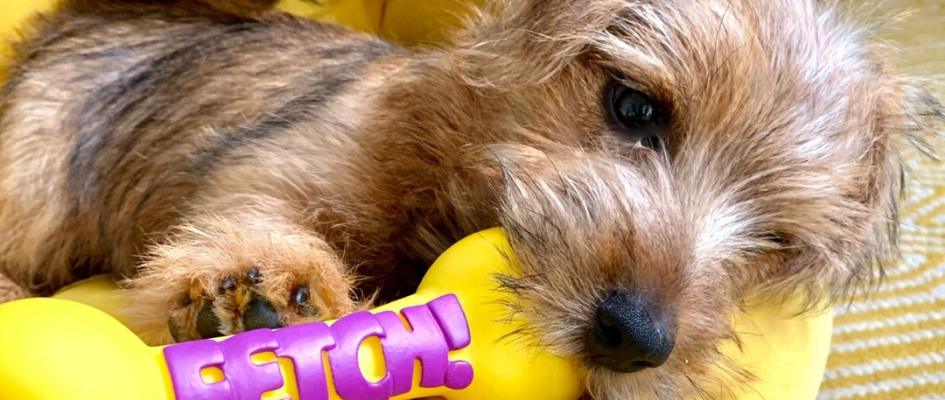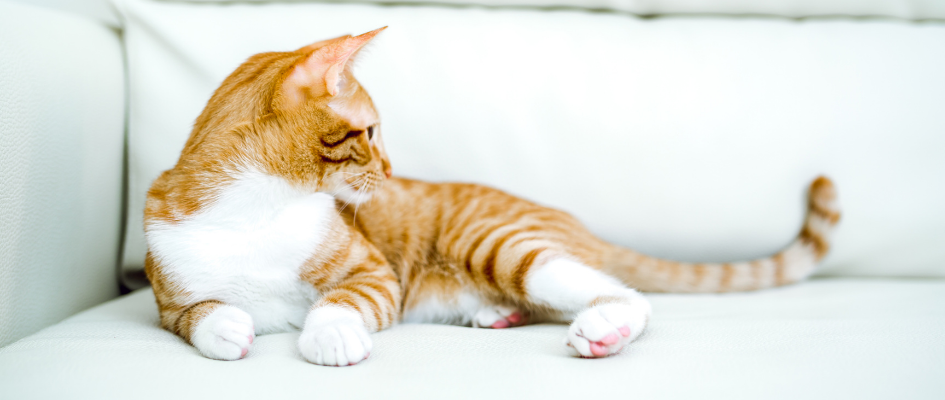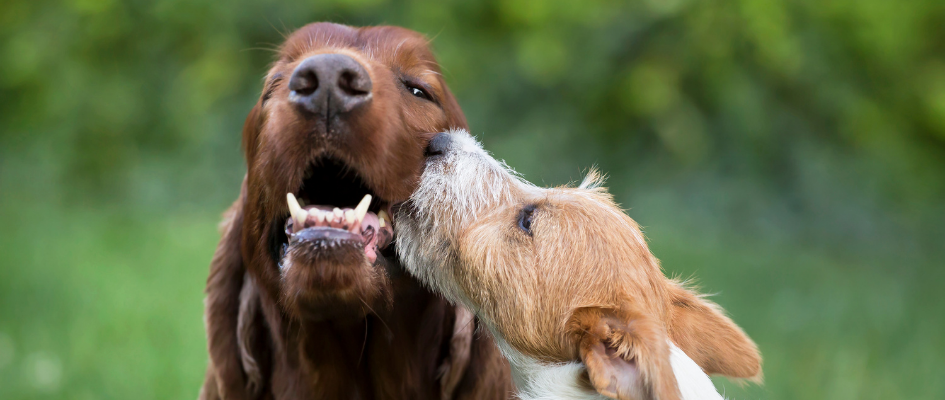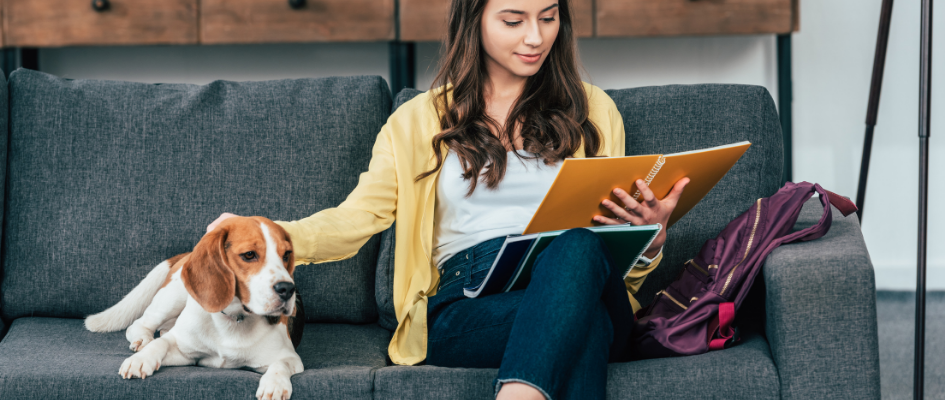Pet Corner: Written by Goddard Veterinary Group’s Guest Social Editor, Nacho from The Four Legged Foodies
This year is all about the staycation! The humans have decided not to travel on those strange metal bird things and leave us behind. Instead, they are exploring our wonderful country and that means we can go with them! Archie has stayed in lots of hotels but from now on he must get a twin room because this summer, I’m coming too!
Here are some of our favourite dog friendly hotels where you can take that well earnt break this summer. We don’t like to miss out at mealtimes, so they all have dog friendly restaurants too!
Mama Shelter
Mama Shelter is a really cool hotel in East London who are so dog friendly we even get our own check in forms! In the rooms, four legged friends will find a bed, bowl and towel – which was handy as we arrived on one of the wettest days ever. The whole ground floor is given over to space to relax with the humans including bars and a restaurant and we pooches are welcome everywhere. The space is typically Shoreditch uber cool and provides some great photo opportunities for the gram!
Top tip: Nearby Victoria Park is great for walkies.
Mama Shelter, 437 Hackney Rd, London E2 8PP
The Hoxton
Another cool hotel with an urban vibe is The Hoxton. They have 3 locations in London and we have tried them all so can verify their dog friendliness! Again, we get a comfy bed, bowls and treats in the room and we doggies are allowed to dine in the bar and lobby areas (just not the main restaurants).
Between the 3 hotels you will be perfectly placed to explore most of London so why not book a stay in each?
The Hoxton Holborn, Southwark and Hoxton
The Gallivant
Just a 2-hour drive from London is the beautiful Camber Sands which is a huge stretch of sandy beach where doggies are permitted all year round. Opposite the beach you will find The Gallivant which is a fabulously dog friendly hotel, spa and restaurant. The rooms are all beautifully decorated with plenty of light and there are always treats on offer in the lounge/bar area. We can dine with the humans in the bar or on the covered outdoor terrace.
The hotel is perfectly placed for the beach and nearby is the quintessential English harbour town of Rye and the stunning landscape of Dungeness.
The Gallivant, Camber, East Sussex TN31 7RB
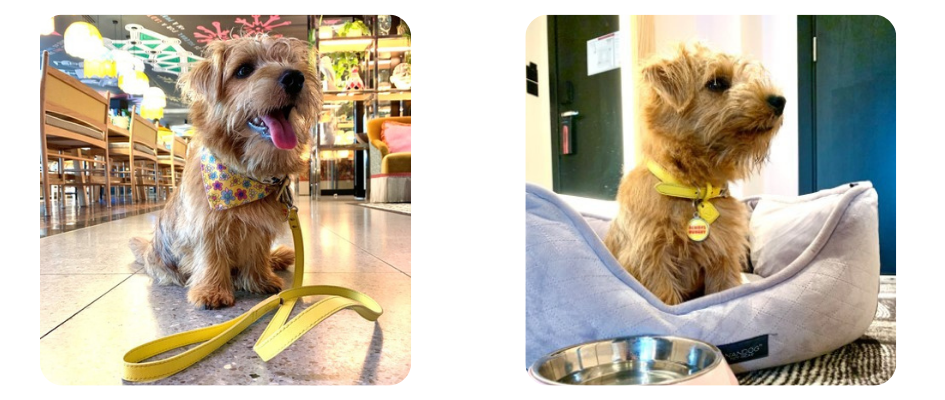
Sheraton Grand London Park Lane
Sounds posh doesn’t it? Well it is, but then so are we! Doggies up to 18 kilos are welcome to join their humans for no extra charge at the Sheraton Grand which is ideally placed for exploring some of the main sights of London and exploring the Royal Parks. While you are staying here, your nearest neighbour will be the Queen.
Top Tip: The best thing about staying here is the hotel bar Smith & Whistle where we have our very own dogtail menu!
Sheraton Grand London, Piccadilly, London W1J 7BX
South Place Hotel
This is a fabulous hotel in the heart of the City of London where we doggies get spoilt as much as the humans.
In your room at The South Place Hotel you will find a King size dog bed, toys, bowls and plenty of treats and we can join the humans in the bar area or the very Instagrammable Secret Garden Room (sorry no pooches in the Michelin starred restaurant).
Top Tip: We can confirm that the Secret Garden is also a great place for a private function!
South Place Hotel, 3 South Place, London EC2M 2AF
Tapnell Farm, Isle of Wight
Okay, so not strictly a hotel this one but if you are more of an adventurous outdoorsy dog then we can highly recommend a spot of glamping at Tapnell Farm on the Isle of Wight. Getting to the island from London is super easy. Lymington is less than a 2-hour drive and the crossing from there takes only 20 minutes
My human isn’t keen on camping but even she enjoyed our stay here as the tent had a full kitchen, bathroom and even heating. There is a great burger restaurant on site too.
If you’re thinking of visiting the Isle of Wight check out our blog with loads more tips and recommendations.
Tapnell Farm, Newport Road, Yarmouth, IOW PO41 0YJ
All this talk has got me into the holiday mood! I’m going to speak to my humans about our next dog-friendly staycation… I think I deserve one after all this hard work! Keep an eye on Goddard Veterinary Group’s Pet Corner for more from me and my humans, in the meantime, why not visit us on Instagram?
for more from me and my humans, in the meantime, why not visit us on Instagram?
@the4leggedfoodies
@goddardvets
Nacho x

